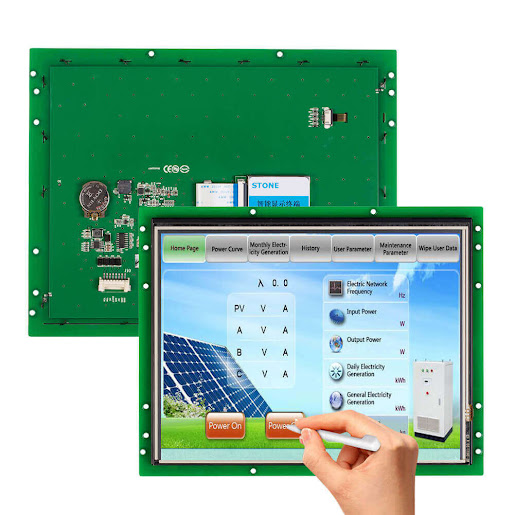Servo Motor Routine in the More Common Kinds of Failure
Servo motor use precautions Servo motor applications are becoming more and more widespread, although the quality is getting better and better, if the daily use without attention to maintenance and care, and then the good products can not withstand the torment, the daily production process, servo motor because of long-term continuous use or improper operation of the user, motor failure will often occur, the maintenance and relatively complex. Today collected a servo motor in the daily routine of several common failures, for you to learn from.
1. NOver-range fault, when the servo motor movement exceeds the soft limit set by the software or hard limit set by the limit switch, the over-range alarm will occur, generally will be displayed on the CRT alarm content, according to the server maintenance instructions, you can troubleshoot and lift the alarm.
2. Overload fault, when the servo motor movement of the load is too large, frequent forward and reverse motion, and poor lubrication state of the drive chain, may cause overload alarm. Generally, the alarm information such as servo motor overload, overheat or overcurrent will be displayed on the CRT. At the same time, the servo drive in the control cabinet, the indicator, or the digital tube will display the servo drive unit overload, over current, and other maintenance fault information.
3. tampering fault, in the servo motor tampering phenomenon can be divided into the following three cases:
① speed measurement signal instability, such as speed measurement device failure, speed measurement feedback signal interference, etc.;
② speed control signal instability or interference;
③ poor terminal contact, such as screws loose, etc. When the tampering fault occurs in the moment of changing direction from positive to negative emotion, it is generally due to the backlash of the drive chain of the servo motor or the servo system gain is too large.
4. crawling fault, this kind of servo motor maintenance fault occurs in the starting acceleration section or low-speed feeding, generally due to the servo motor drive chain lubrication state is not good, servo system gain is low and the applied load is too large, and other factors. Here we should pay special attention to: servo motor and ball screw coupling, due to loose coupling or coupling itself defects, such as cracks, resulting in ball screw rotation and servo motor rotation is not synchronized, so there will also be a servo motor movement fast and slow, resulting in the crawling phenomenon.
5. Servo motor does not turn fault, when the CNC system to the servo drive unit in addition to the speed control signal, there are enable control signal, generally DC + 24V relay coil voltage.
When the servo motor does not rotate, the common servo motor repair methods are.
① Check whether there is a speed control signal output from the CNC system.
② Check whether the enable signal is on. Observe the I/O status through the CRT, analyze the machine tool plc ladder diagram (or flow chart) to determine the starting conditions of the feed axis, such as lubrication, cooling, etc. to meet.
③ for the servo motor with electromagnetic brake should check whether the electromagnetic brake is released;
④ servo drive unit failure;
⑤ servo motor failure.
In addition, we also need to pay attention to the use of servo motor in the power-on state, can not pull the angle of the servo machine, this will damage the motor. If you need to change the state of the servo machine, you must power off to adjust. Servo motor working voltage can only be 5V, can not change its working voltage. Servo motor running speed is slow, but the force is relatively large, so the moving process can not have strong resistance to hinder the servo motor movement, otherwise, it will also lead to damage.


Comments
Post a Comment